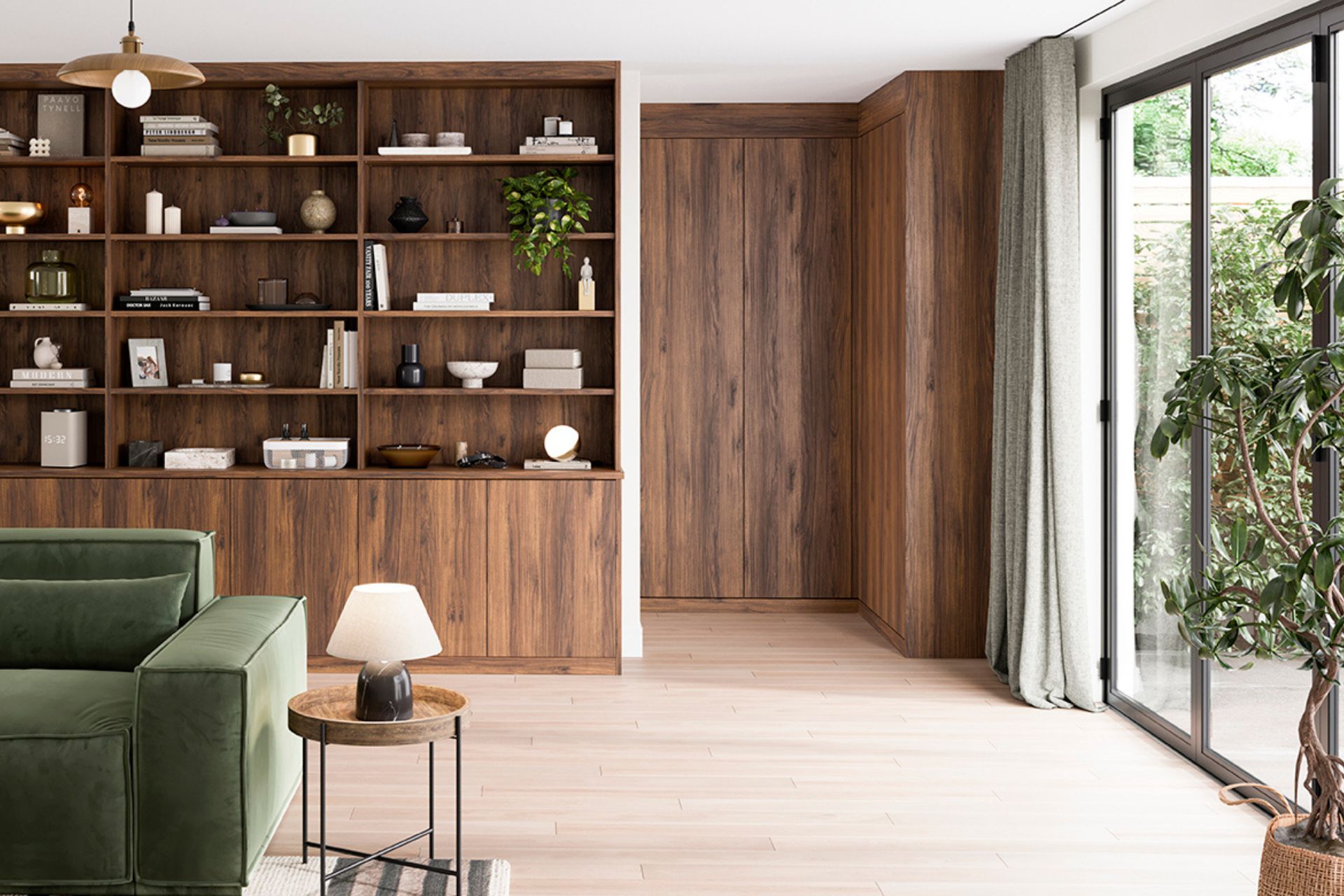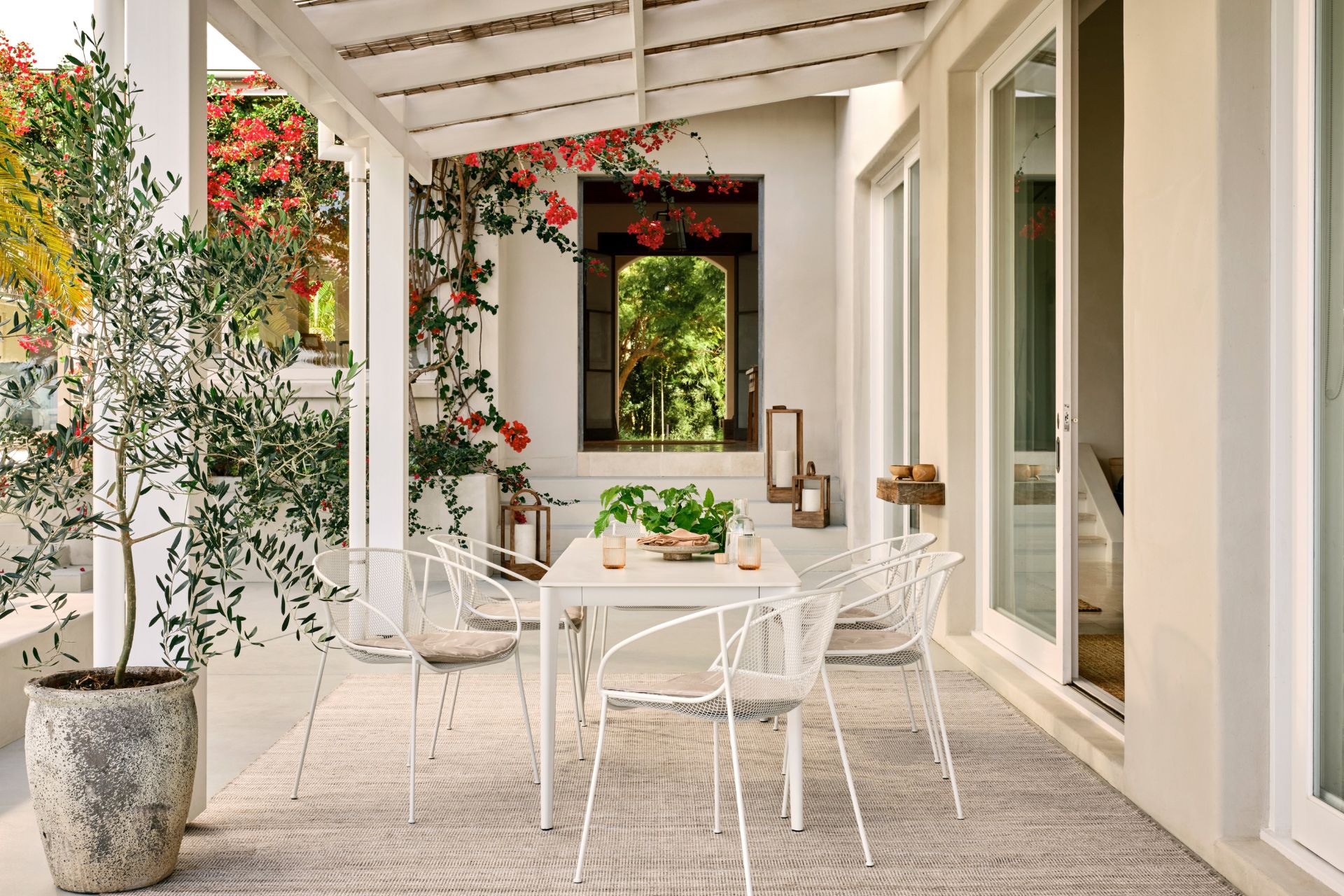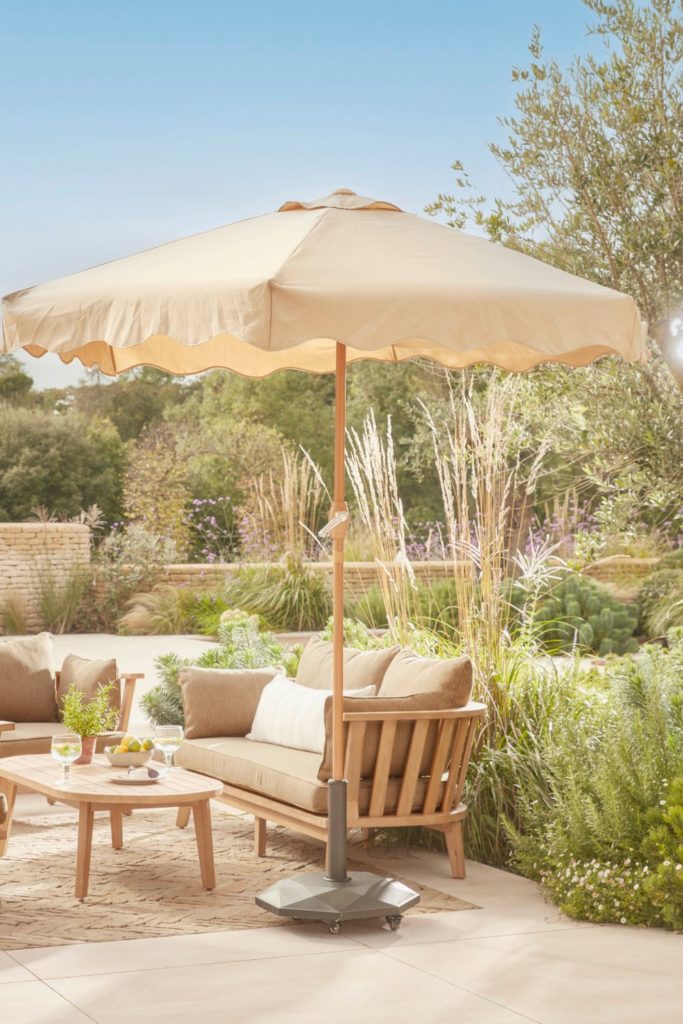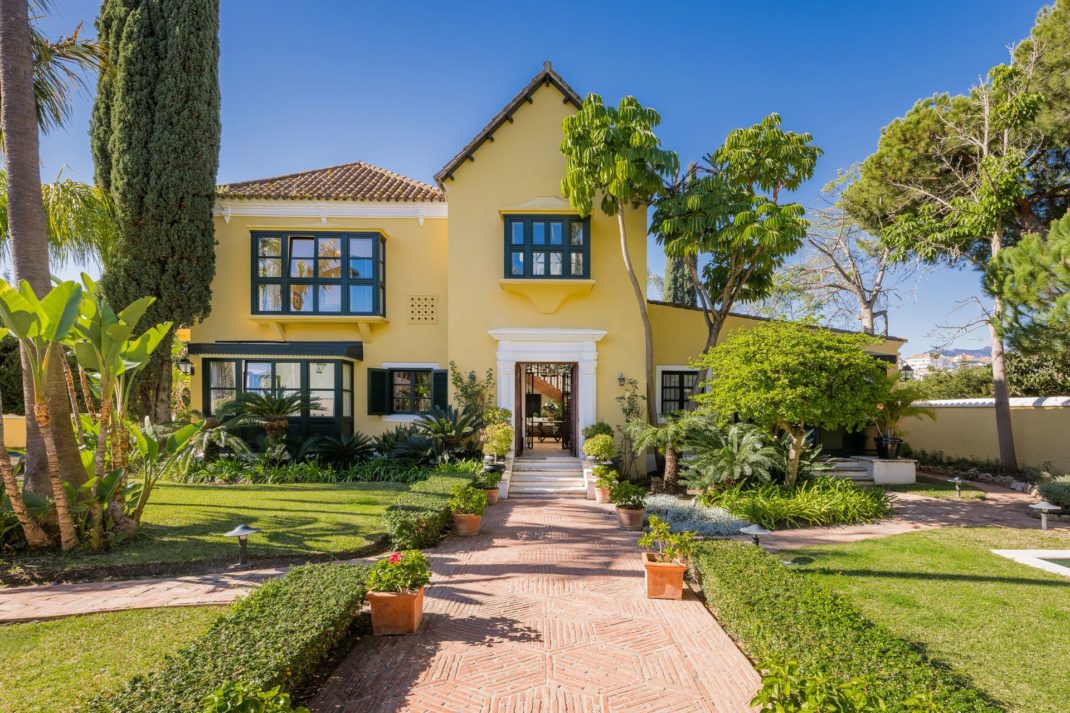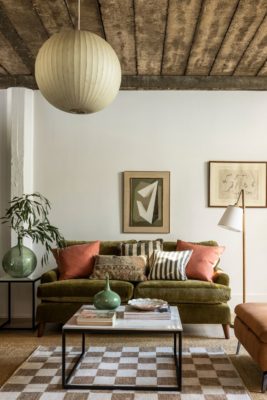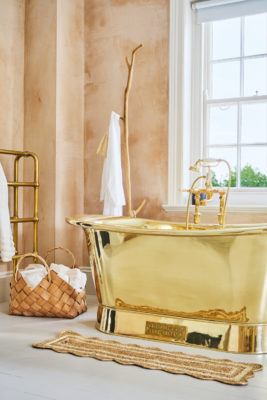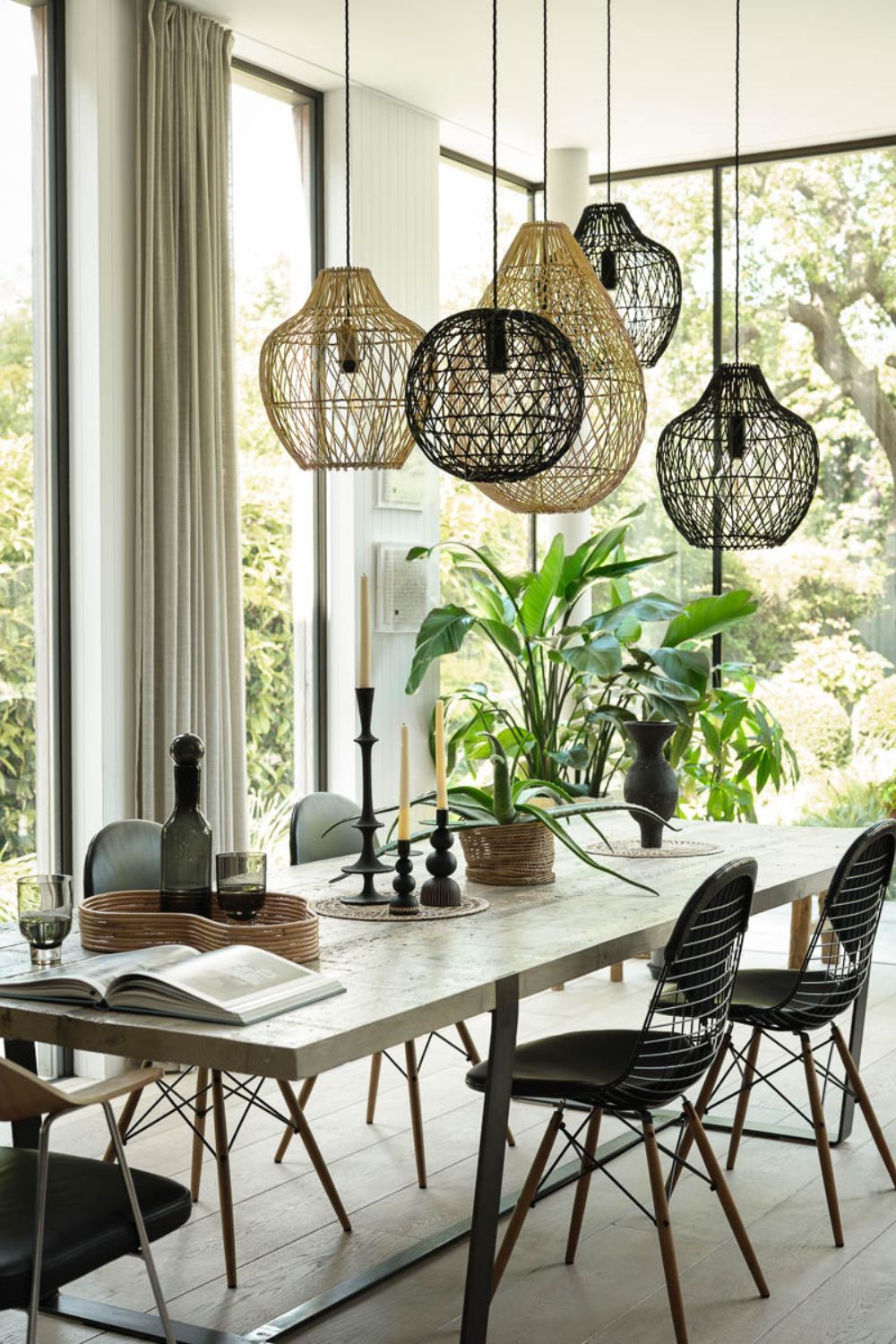
Is ‘Ubuntu’ The Design Philosophy We All Need In Our Lives?
By
1 day ago
Move over, Japandi – Ubuntu has arrived
Looking for a bit of serenity this spring? If calming pastel shades and earthy ‘Scandifornia’ decor doesn’t do the trick, the South African ‘ubuntu’ philosophy could be the answer. Here’s everything you need to know.
What Is Ubuntu?
While Japandi design centres on sleek minimalism, Wabi-Sabi emphasises the beauty of imperfection, and Hygge is all about cosy comfort, ubuntu is rooted in the concept of interconnectedness, revolving around one simple statement: ‘I am because we are’.
According to the ubuntu philosophy, a home should be a place for community, compassion and co-operation, where we can prioritise togetherness rather than individualism. It’s not just a design style, it’s a way of life – but when it comes to interiors, you can expect open-plan spaces, artisanal decor, earthy tones, and biophilic elements.
‘Ubuntu is very often seen in traditional South African homesteads, which feature a circle or oval of homes built around a communal space, while modern houses tend to have large living, dining and outdoor areas designed to accommodate gatherings of friends and family,’ explains Berry Everitt, CEO of South African property group Chas Everitt International / Luxury Portfolio. ‘There’s also a noticeable return to multi-generational living in South Africa, with families increasingly pooling resources to buy large suburban or country properties big enough for grandparents, parents, and children.’
How To Bring Ubuntu Into Your Interiors
While Ubuntu is often an integral part of South African architecture, there are plenty of simple ways you can incorporate the philosophy into your interior design. Think ‘warm, earthy tones and natural fabrics like cotton and linen,’ says Berry, with a real emphasis on decor made by local craftspeople, including ‘handcrafted furniture, sculptures, and paintings’.
Natural materials are also crucial. ‘Ubuntu promotes a connection with the natural environment that sustains a community, and local homes increasingly feature natural building materials such as stone, wood, glass and clay,’ Berry tells us. This also means that designs integrate indoor/outdoor living, and focus largely on sustainability: ‘Homes with solar power and rainwater harvesting systems are in high demand among South African buyers, as well as those that enable natural heating and passive cooling,’ he notes.
Whether you prioritise sprawling living room seating, a dedicated dining area, or a handsome kitchen island, connection is at the heart of the Ubuntu philosophy – and there’s a real emphasis on shared spaces. ‘Estate living is increasingly popular in South Africa because it enables homeowners to dispense with fences or walls and share gardens, green spaces and running trails with their neighbours,’ Berry reflects.
Meanwhile, in larger developments, ‘on-site sports facilities, wellness centres and restaurants further enable the creation of strong social ties between residents,’ while some apartment buildings are even designed with the ‘specific aim of overcoming potential isolation’ using amenities like ‘rooftop entertainment areas, coffee shops, barbeque areas, and clubhouses,’ says Berry.
Featured image courtesy of Industville. industville.co.uk

